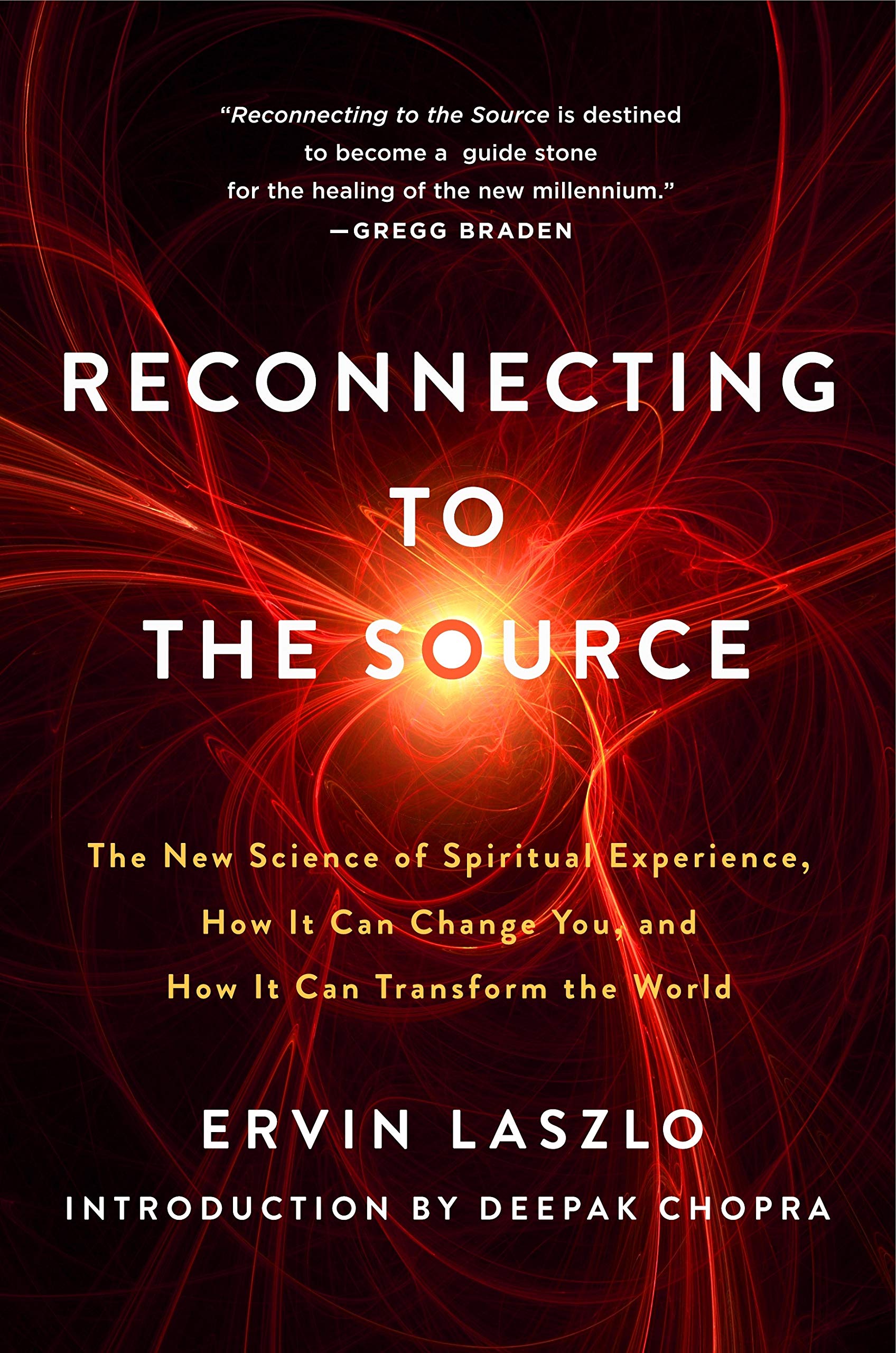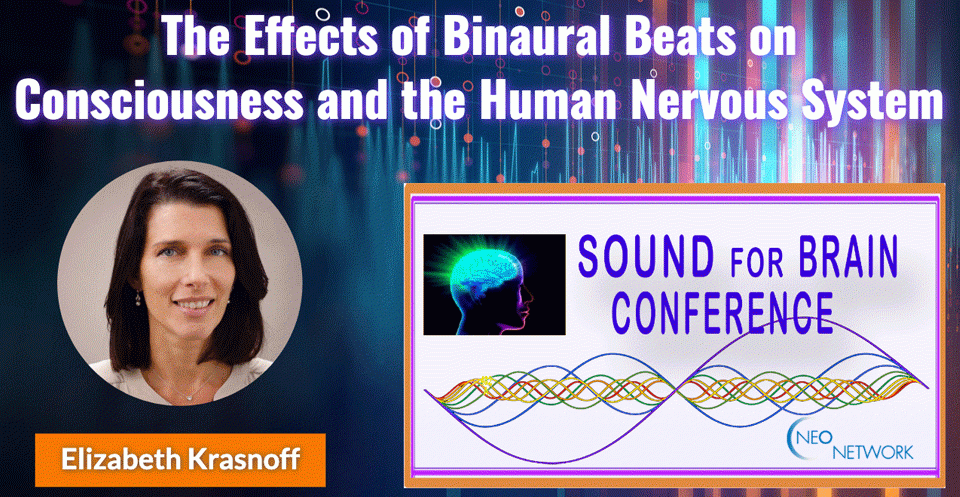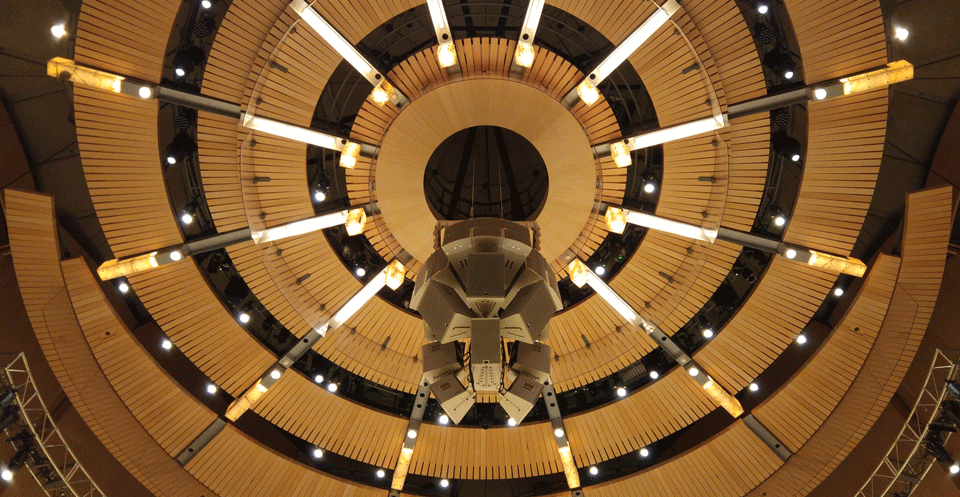Book Review: Reconnecting to the Source by Ervin Laszlo

 A Review by Elizabeth W. Szatmari Krasnoff
A Review by Elizabeth W. Szatmari Krasnoff
Abstract: Quantum philosopher Ervin Laszlo has taken one step further outside of the contemporary mainstream scientific view, which believes in a reductive “scientific” method primarily of highly controlled experiments to determine truth. In this visionary work, Laszlo proposes that the true laws of nature can also be accessed and felt experientially. Here he argues that the new quantum science can support this view, and even assist us as we heal the rift between mind and spirit and reconnect to our source. Laszlo proposes a new paradigm, a holotropic worldview with love as the core attracting force of wholeness. Indeed, as the chaos of our present age engulfs us in a reverberating dissolution and transformation, Laszlo is surfing the forward wave of evolution and offering front row commentary.
Reconnecting to the Source is a four-part book written in much the same style as Laszlo’s previous book, The Intelligence of the Cosmos, and is a continuation of an inquiry into the nature of this source of intelligence and our relationship to it. Laszlo gives voice to many scholars, thinkers and healers in these last two works. After four pages of praise from well-known authors and speakers in the consciousness field such as Gregg Braden and Allan Combs, his book begins with an introductory foreword and commentary by Deepak Chopra and Neale Donald Walsch, offering a meaningful opus in itself.
Following this thought-provoking offering, Laszlo outlines the substance of his holotropic theory in Part I, Quantum Science and the Re-Assessment of the Spiritual Experience, and Part II, Connecting to the Holotropic Quantum Universe. Then, to round out the picture, Laszlo turns the stage over to an impressive cadre of colleagues in Part III, A Bouquet of Spiritual Experiences, a collection of 18 essays on spiritual experiences of wholeness. The first profundity here lies in love, the common root of the inner experience of so many. Laszlo offers a fine summary here entitled Spiritual Experiences: The Message and the Meaning.
In the concluding Part IV, Essential Lessons and Fundamental Tasks, Laszlo offers important suggestions on how to frame our distressing global state of affairs, and an insightful commentary on how a holotropic paradigm offers an essential way forward. This is followed by a richly informative Annex on Eastern Perspectives, which draws illuminative parallels between the Eastern and Western views of, and practices for, connecting to source. Lastly, Laszlo includes a deceptively mischievous Appendix on “The Confirmatory Evidence of Duck (and Associated Geese) Synchronicities” by Gary Schwartz. This essay in list form is a light- hearted look at the serious results of intention in the context of a humorous source intelligence.
From Part I: Quantum Science and the Re- Assessment of the Spiritual Experience.
These are some of the big questions we face today: Is consciousness a product of our brain? Or is consciousness everywhere and our brain is a receiver of certain frequencies or channels of this consciousness? Is reality all that we can see and measure? Or are there aspects or dimensions of reality beyond what we can think about? Beyond thought? And perhaps beyond measurement? There is one field that is actively engaging these questions, and that is the field of Quantum Science and its philosophical counterpart, Quantum Thinking, or rather Quantum Philosophy. Einstein won the Nobel Prize for showing that energy has a particle-like nature (Briggs, 1985, p. 88,). This created inroads towards a mind/body unity philosophy. Experiments such as Alain Aspect’s splitting of correlated photons proved Bell’s theory of entanglement (Briggs, p. 88)—i.e., these separated photons were fundamentally connected in a way and a place that we could not measure. This has provided roads of inquiry into the nature of nonlocal dimensions. In this manner, quantum theories are frequently found at the base of the modern quest for wholeness and source. And it does provide a most interesting glimpse into realities that have been heretofore obscured to us—except perhaps through direct spiritual experience. Enter Ervin Laszlo to draw these parallels.
Let’s start with the quantum foundations of Laszlo’s holotropic worldview. Holotropism is a view of a world in which natural, implicit, coherent laws drive us to seek wholeness. Laszlo gives us the breakdown in Greek: holos is “whole” and tropic is “tendency or orientation toward” (p. 20). Such views have been put forth by very good company, from Teilhard de Chardin and his noosphere (1959) to Stanislav Grof and his own holotropic breathwork (from where Laszlo borrowed the term) (2010), to Karl Pribram’s holonomic brain theory (1991), and of course David Bohm’s holomovement (2002). Laszlo begins with the quantum view that the world is a hologram. This means that all parts contain the whole. “That which is here is there,” as Neils Bohr showed us in the concepts of complementarity and causality (1948). Laszlo draws on the theories of quantum physicist David Bohm, in which the explicate (visible) universe unfolds from an implicate universe (invisible) that is giving the instructions (2002). Laszlo points out that this view of source was also held by Indian seers (and named the Akasha), and similar ideas are found in the writings and thought of Hellenic thinkers such as Pythagoras, Plato, Parmenides, and Plotinus (p. 12). Laszlo also explains that physicists have looked at our world and they have not found distinct, separate items of matter, but instead clusters of “informed energy.” He writes: “In the most basic and general sense, the in-formed energies that make up the observable world are in-phase patterns of vibration: relatively stable and enduring standing and propagating waves” (p. 4). In this sense, we have healed the split between mental and material reality: neither came first, they are two expressions of the same thing. Laszlo reminds us of what both Einstein and Max Planck stated that what we think are material things are ultimately illusions. Equally important, the mental aspects of the universe are pictured in a similar process.











